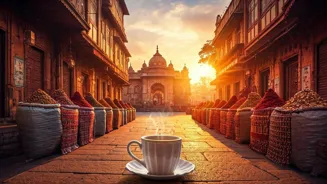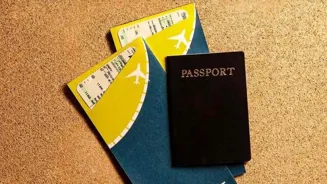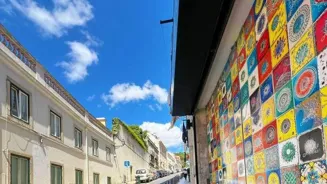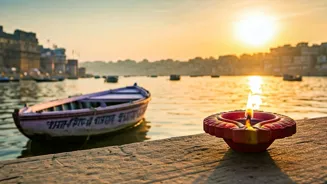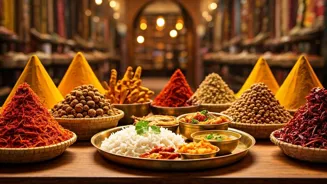Discover the essence of major Indian cities with 8 insider tips to navigate like a local. Explore hidden gems and local flavors!
Travelling to a big city in India can be both exciting and a bit overwhelming.
The hustle-bustle, the crowded streets, and the sheer variety of things to see and do can be daunting. But don't worry!
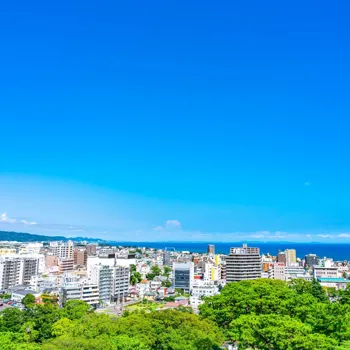
With a few insider tips, you can navigate these urban jungles like a local and have a truly enriching experience. This article provides eight practical tips to help you explore major Indian cities with confidence and ease.
So, pack your bags, and get ready to discover the hidden gems and local flavors that these incredible cities have to offer.
Master the Public Transport System: Your City Lifeline
One of the biggest advantages locals have is their familiarity with the public transport system. Understanding how to use buses, metros, and local trains can save you a lot of time and money compared to relying solely on taxis or auto-rickshaws.
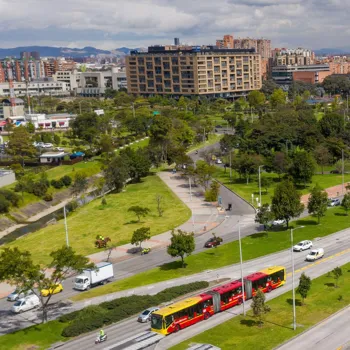
In cities like Delhi and Mumbai, the metro is a fast and efficient way to travel long distances, avoiding the notorious traffic jams. Buses are often a more affordable option, but can be slower, especially during peak hours.
Local trains, particularly in Mumbai, are the lifeline of the city, but can be incredibly crowded.
Before you arrive, do a little research on the city's public transport network. Download a reliable app that provides real-time information on routes, schedules, and fares.
Many cities now have smart cards that you can top up and use for various modes of transport. This eliminates the hassle of buying tickets every time and often comes with discounted fares. While using public transport, be mindful of your belongings, especially during rush hour.
Keep your valuables close and be aware of your surroundings. Don't hesitate to ask a local for directions or help if you're feeling lost, most people are happy to assist.
Embrace the Auto-Rickshaw Culture: Know the Rules of the Road
Auto-rickshaws, or simply autos, are a ubiquitous sight in most Indian cities. They are a convenient way to travel shorter distances, especially in areas where buses or metros don't reach. However, negotiating fares with auto drivers can be tricky for tourists. The key is to be firm but polite.
Before you hop in, agree on a fare. Most cities have fixed rates displayed on meters, but many drivers are reluctant to use them.
Do some research beforehand to get an idea of the approximate fare for your destination.
If the driver refuses to use the meter, you can try negotiating a reasonable price. It's also helpful to learn a few basic phrases in the local language, such as "kitna hai?" (how much?) or "meter se chalo" (go by the meter).
Remember to carry small change, as many drivers don't have enough to give you change for larger notes. Be cautious and be aware of your journey. Share your location with your friend or family to keep them informed.
Explore Local Markets: A Sensory Feast
One of the best ways to experience the true essence of a city is to explore its local markets. From bustling vegetable markets to vibrant street bazaars, these spaces offer a sensory feast of sights, sounds, and smells.
Haggling is an essential part of the shopping experience in many Indian markets, so don't be afraid to bargain. Start by offering a lower price than you're willing to pay and work your way up. Be respectful and good-humored, and you might just snag a great deal.
Local markets are also a great place to sample authentic street food. From spicy chaat to sweet treats, the options are endless. However, be careful about hygiene and choose vendors that look clean and reputable. Observe how the food is prepared and make sure it's freshly cooked.
Exploring local markets is not just about shopping; it's about immersing yourself in the culture and interacting with the local community. Take your time, wander around, and soak up the atmosphere.
Learn Basic Phrases: Break the Language Barrier
While English is widely spoken in many Indian cities, knowing a few basic phrases in the local language can go a long way in enhancing your travel experience. It shows respect for the local culture and can make communication much easier.
Simple greetings like "Namaste" (hello) and "Shukriya" (thank you) are always appreciated. Learning how to ask for directions, order food, or negotiate prices in the local language can also be incredibly helpful.
There are many language learning apps and online resources that can help you pick up some basic phrases before your trip. Even if you only learn a few words, it can make a big difference in how you connect with the locals.
Don't be afraid to try speaking the local language, even if you make mistakes. People will usually appreciate the effort and be happy to help you. Learning basic phrases not only makes your travel easier but also enriches your cultural experience.
Dress Appropriately: Respect Local Customs
India is a diverse country with varying cultural norms and traditions. Dressing appropriately is important, especially when visiting religious sites or more conservative areas. In general, it's best to dress modestly, covering your shoulders and knees.
Avoid wearing revealing clothing or anything that might be considered offensive. When visiting temples or other religious places, it's customary to remove your shoes. It's also a good idea to cover your head with a scarf or shawl, especially for women.
Dressing appropriately not only shows respect for local customs but also helps you blend in and avoid unwanted attention. It's always a good idea to research the local customs and traditions of the area you're visiting before you go.
This will help you pack appropriately and avoid any cultural faux pas. Being mindful of your clothing is a simple but important way to show respect for the local culture and ensure a comfortable and enjoyable trip.
Be Aware of Your Surroundings: Stay Safe and Secure
Like any major city, Indian cities can have their share of petty crime. It's important to be aware of your surroundings and take precautions to stay safe and secure. Keep your valuables close and avoid displaying expensive jewelry or electronics in public.
Be particularly cautious in crowded areas, such as markets or public transport hubs. Avoid walking alone at night in poorly lit areas. If you're unsure about an area, ask a local for advice.
It's also a good idea to have a copy of your passport and other important documents stored separately from the originals. Share your itinerary with a friend or family member and keep them updated on your whereabouts.
If you're using a taxi or auto-rickshaw, make sure the driver is going the right way and that you feel comfortable with them. Trust your instincts and if something doesn't feel right, remove yourself from the situation.
Being aware of your surroundings and taking simple precautions can help you stay safe and secure during your travels.
Embrace the Unexpected: Be Open to New Experiences
One of the joys of traveling is the opportunity to experience new things and step outside of your comfort zone. Be open to trying new food, exploring unfamiliar neighborhoods, and interacting with people from different cultures.
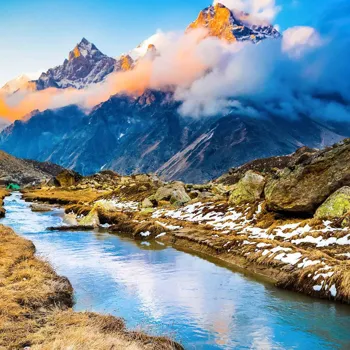
Don't be afraid to get lost and stumble upon hidden gems that you wouldn't find on a typical tourist itinerary. Embrace the unexpected and be prepared for things to not always go according to plan.
Sometimes the best travel experiences are the ones that are unplanned and spontaneous.
Say yes to new adventures and be willing to try things that you might not normally do. Talk to locals, ask questions, and be curious about the world around you. Traveling is a journey of discovery, and the more open you are to new experiences, the more rewarding it will be.
Embrace the unexpected and allow yourself to be surprised by the beauty and diversity of the world.
Stay Connected: Utilize Technology Wisely
In today's digital age, staying connected is easier than ever. Utilize technology wisely to make your travel experience smoother and more convenient. Download useful apps for navigation, translation, ride-hailing, and local information.
Purchase a local SIM card to stay connected without incurring hefty roaming charges. Use social media to connect with other travelers and get recommendations for places to see and things to do.
However, it's also important to disconnect from technology sometimes and be present in the moment.
Don't spend your entire trip looking at your phone. Take time to look around, observe the world around you, and interact with the people you meet. Technology can be a valuable tool for travelers, but it shouldn't replace the experience of actually being there.
By following these eight tips, you can navigate major Indian cities like a local and have a truly authentic and enriching travel experience. Remember to be respectful of local customs, be aware of your surroundings, and embrace the unexpected.
With a little preparation and an open mind, you can discover the hidden gems and local flavors that these incredible cities have to offer. Happy travels!
AI Generated Content. Glance/InMobi shall have no liability for the content

